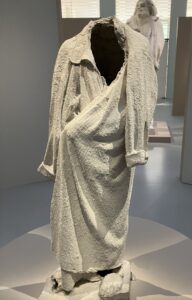
The Musée Rodin hosts a temporary exhibition “Corps In-Visibles,” drawing on a series of sculptures and studies from the museum’s collection along with 19th century garments from the Palais Galliera. This fascinating exhibition revisits how Rodin created one of his most iconic works: “Monument to Balzac.” (to March 02, 2025). The point of departure for this exhibition features the ghost-like “Study for Balzac’s Dressing Gown,” an empty plaster garment suggesting the body it covered… reminiscent of “The Invisible Man” sci-fi thriller. Continue reading “Rodin’s Invisible Balzac”



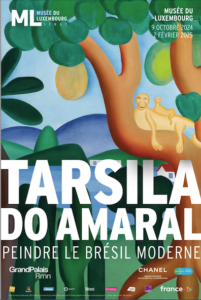
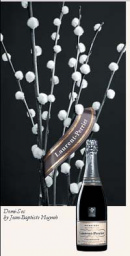
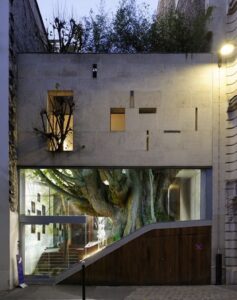

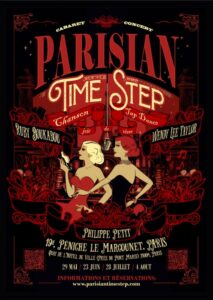

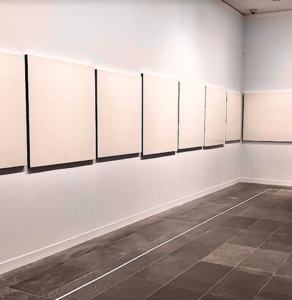
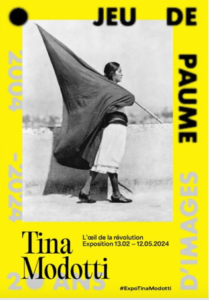
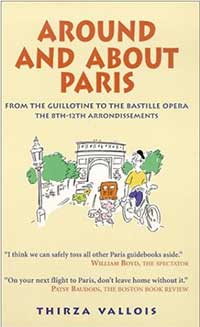 It was on the southern edge of the arrondissement, in the wretched Faubourg St-Antoine that rumbling discontent was first channeled into working-class consciousness and into organized action against exploitation. When word was spread on April 28, 1789 that Monsieur Réveillon, a painted-paper manufacturer on rue de Montreuil, was planning to reduce his workers’ wages, the Faubourg St-Antoine rose up in a violent insurrection. Monsieur Réveillon had not anticipated such a reaction, for the lowering of wages he had intended was proportionate to the drop in the price of bread fixed by the authorities to ease social tension. His 400 workers had a different idea of fairness and Réveillon, terrified, ran for his life and sought shelter in the neighboring Bastille, the ominous fortress looming west of the faubourg. It took the intervention of troops and a death toll of 30 to put down the revolt, but any wise ruler should have sensed that further trouble was brewing …
It was on the southern edge of the arrondissement, in the wretched Faubourg St-Antoine that rumbling discontent was first channeled into working-class consciousness and into organized action against exploitation. When word was spread on April 28, 1789 that Monsieur Réveillon, a painted-paper manufacturer on rue de Montreuil, was planning to reduce his workers’ wages, the Faubourg St-Antoine rose up in a violent insurrection. Monsieur Réveillon had not anticipated such a reaction, for the lowering of wages he had intended was proportionate to the drop in the price of bread fixed by the authorities to ease social tension. His 400 workers had a different idea of fairness and Réveillon, terrified, ran for his life and sought shelter in the neighboring Bastille, the ominous fortress looming west of the faubourg. It took the intervention of troops and a death toll of 30 to put down the revolt, but any wise ruler should have sensed that further trouble was brewing …